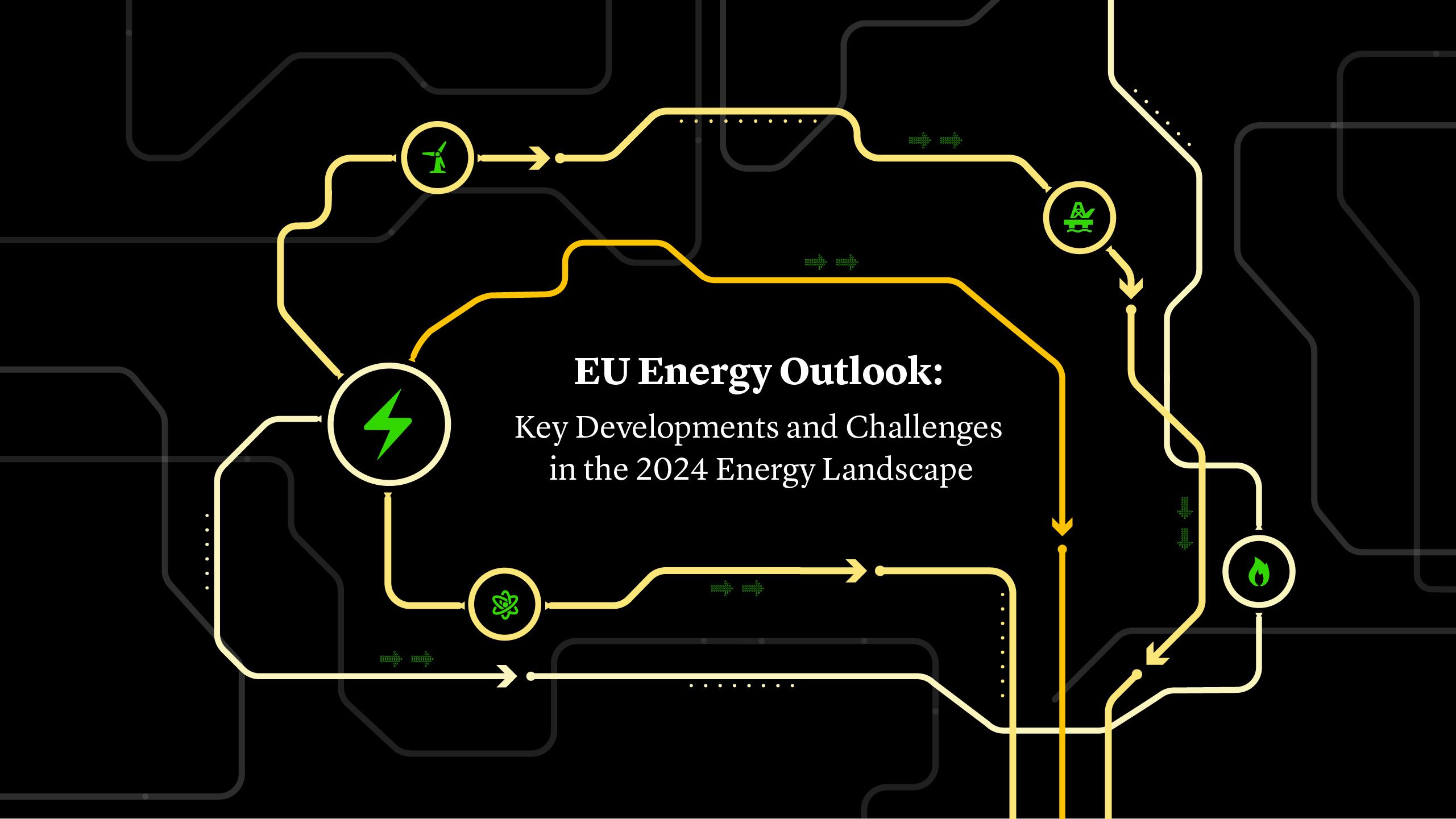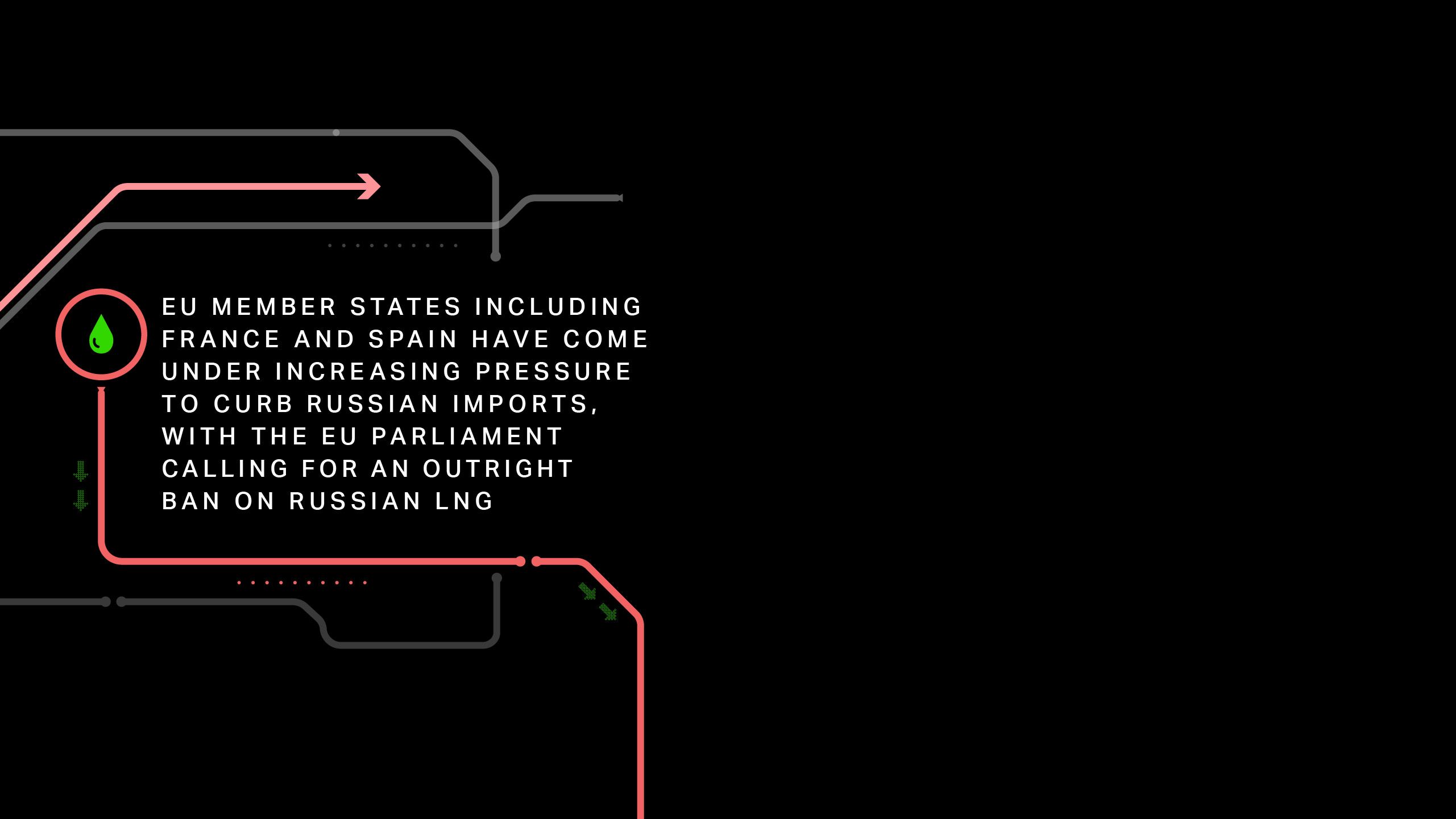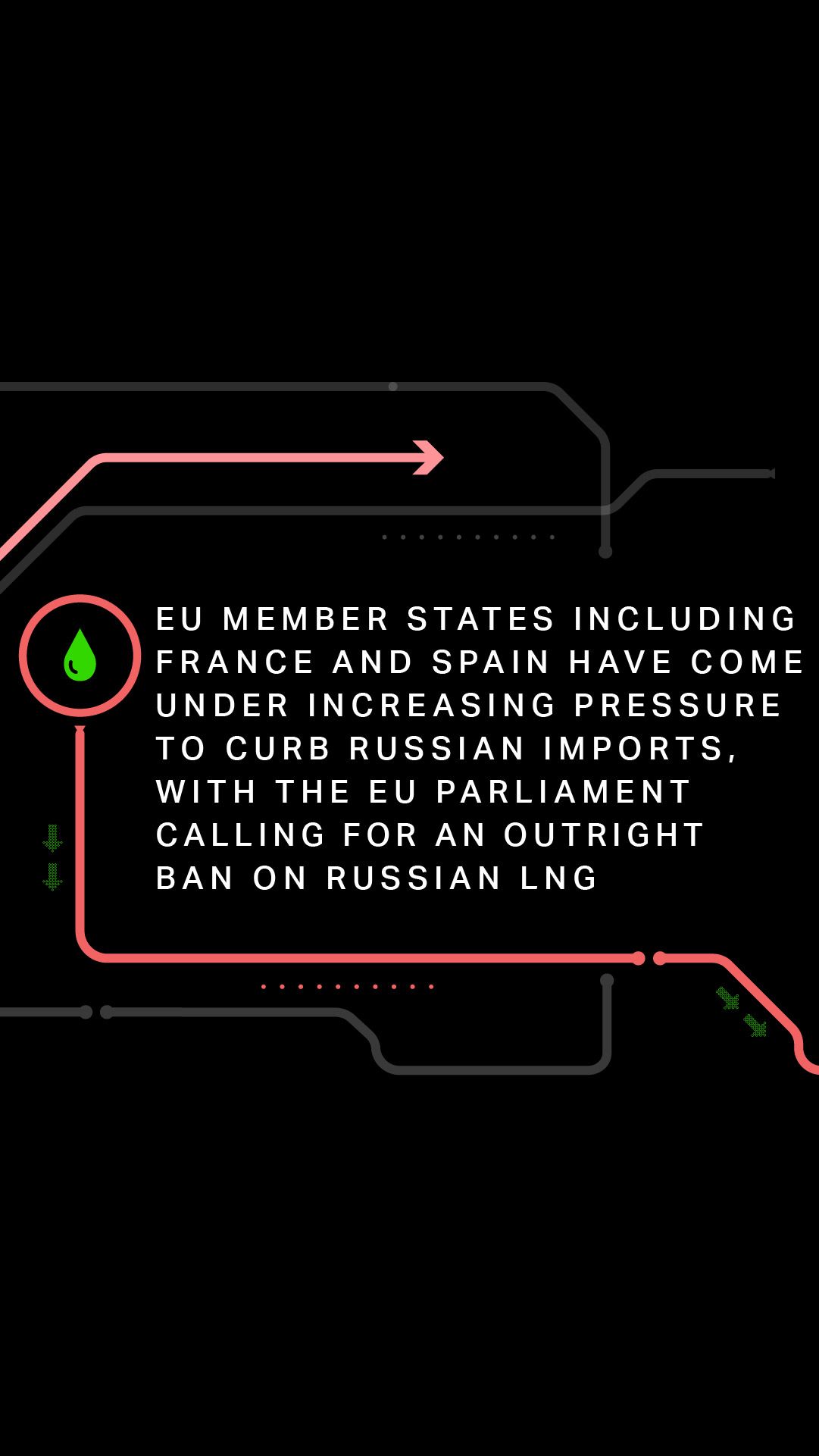
The Spanish Presidency of the EU Council actively drove substantial progress in shaping the EU energy policy landscape throughout its six-month term, which concluded on December 31, 2023.
Two recent developments stand out within the natural gas industry; the political agreements reached by the European Parliament and Council on Methane Regulation1 and on the so-called ‘gas package’, which includes both regulation and a directive on internal markets for gases and hydrogen2.
This article unravels the transformations within EU energy policy, diving into these two key regulations, and contemplates what the future holds for these measures and others in 2024.

The Spanish Presidency of the EU Council actively drove substantial progress in shaping the EU energy policy landscape throughout its six-month term, which concluded on December 31, 2023.
Two recent developments stand out within the natural gas industry; the political agreements reached by the European Parliament and Council on Methane Regulation1 and on the so-called ‘gas package’, which includes both regulation and a directive on internal markets for gases and hydrogen2.
This article unravels the transformations within EU energy policy, diving into these two key regulations, and contemplates what the future holds for these measures and others in 2024.

Methane Regulation:
A Missed Opportunity?
EU co-legislators reached a provisional agreement on the Methane Regulation on December 15, 2023, during the build-up to the UN COP28 summit in Dubai. The new EU regulation could have paved the way for a more comprehensive global methane agreement, underlying the importance of monitoring and detection of leaks. Yet, the final agreement endorsed by 197 nations and the EU at COP28 did not include a firm target nor any obligations for reducing or reporting CH43.
Around 50 national and international oil companies, including the likes of Shell, ExxonMobil, and Lukoil, signed the COP28 Oil and Gas Decarbonization Charter, committing to an ambitious near-zero (defined as below 0.2%) upstream methane emissions target by 20304. However, their combined emissions represent less than a third of the industry's total emissions and government regulations will ultimately determine the effectiveness of the Charter.
The lack of substantial progress at COP28 underscores how difficult it will be to get more nations to sign up for methane emissions cuts. The Global Methane Pledge, which sets a target of reducing CH4 emissions by 30% by 2030 compared with 2020 levels, was first launched at COP26 in Glasgow in 2021. However, several major methane emitters, including Russia and China, are absent from the agreement5. The prospect of a more expansive methane agreement may arise during the upcoming COP29 summit scheduled in Azerbaijan in November and December 2024.



Methane Regulation:
A Missed Opportunity?
EU co-legislators reached a provisional agreement on the Methane Regulation on December 15, 2023, during the build-up to the UN COP28 summit in Dubai. The new EU regulation could have paved the way for a more comprehensive global methane agreement, underlying the importance of monitoring and detection of leaks. Yet, the final agreement endorsed by 197 nations and the EU at COP28 did not include a firm target nor any obligations for reducing or reporting CH43.
Around 50 national and international oil companies, including the likes of Shell, ExxonMobil, and Lukoil, signed the COP28 Oil and Gas Decarbonization Charter, committing to an ambitious near-zero (defined as below 0.2%) upstream methane emissions target by 20304. However, their combined emissions represent less than a third of the industry's total emissions and government regulations will ultimately determine the effectiveness of the Charter.
The lack of substantial progress at COP28 underscores how difficult it will be to get more nations to sign up for methane emissions cuts. The Global Methane Pledge, which sets a target of reducing CH4 emissions by 30% by 2030 compared with 2020 levels, was first launched at COP26 in Glasgow in 2021. However, several major methane emitters, including Russia and China, are absent from the agreement5. The prospect of a more expansive methane agreement may arise during the upcoming COP29 summit scheduled in Azerbaijan in November and December 2024.

Joint Gas Buying to Continue
The new EU Gas Regulation supports the continuation of the demand aggregation and joint gas purchasing mechanism, initially introduced in 2022 as a temporary emergency measure during the gas crisis6. Participation in this mechanism is fully voluntary.
Joint purchasing, as discussed in previous reports, is an example of how EU institutions – amid their limited funding capacity – are exerting their regulatory powers. The continuation of the scheme is, however, not without controversy as stakeholders in the gas industry have expressed concerns about making common purchasing permanent.
“The joint procurement mechanism has not been demonstrated to deliver greater availability of gas at lower prices than market conditions and therefore does not justify the cost of maintaining the platform. Its use should therefore be limited to emergency conditions when markets are unable to deliver the required gas,” the European Federation of Energy Traders (EFET) said in a statement dated December 8, 20237.



The regulation will also be aimed at preventing long-term contracts for “unabated fossil gas”, i.e. natural gas burned without any form of capture or offsetting of its emissions, lasting beyond 20498. The regulation will also include provisions enabling member states to limit the supply of natural gas, including LNG, from Russia and Belarus. EU Member States including France and Spain have come under increasing pressure to curb Russian imports, with the EU Parliament calling for an outright ban on Russian LNG9. Moreover, several European energy companies – including Uniper and Eni – have filed arbitration cases against Gazprom concerning alleged non-deliveries of Russian piped gas.

The regulation will also be aimed at preventing long-term contracts for “unabated fossil gas”, i.e. natural gas burned without any form of capture or offsetting of its emissions, lasting beyond 20498. The regulation will also include provisions enabling member states to limit the supply of natural gas, including LNG, from Russia and Belarus. EU Member States including France and Spain have come under increasing pressure to curb Russian imports, with the EU Parliament calling for an outright ban on Russian LNG9. Moreover, several European energy companies – including Uniper and Eni – have filed arbitration cases against Gazprom concerning alleged non-deliveries of Russian piped gas.


Potential Adoption
in H1 2024
The provisional text of the Methane Regulation and gas package has been available since December 2021 and is expected to be fully adopted during the Belgian Presidency of the EU in the first half of 2024.
The gas industry is now eagerly anticipating more information on precise limits of methane emissions permitted for LNG imports from third world countries starting in 2030. As regards the gas package, it remains to be seen how measures will work out in practice. This includes, among other things, the introduction of the European Network of Network Operators of Hydrogen (ENNOH) as an independent entity to coordinate the planning, development, and operation of EU hydrogen infrastructure.



Potential Adoption
in H1 2024
The provisional text of the Methane Regulation and gas package has been available since December 2021 and is expected to be fully adopted during the Belgian Presidency of the EU in the first half of 2024.
The gas industry is now eagerly anticipating more information on precise limits of methane emissions permitted for LNG imports from third world countries starting in 2030. As regards the gas package, it remains to be seen how measures will work out in practice. This includes, among other things, the introduction of the European Network of Network Operators of Hydrogen (ENNOH) as an independent entity to coordinate the planning, development, and operation of EU hydrogen infrastructure.

Other proposed measures also require greater clarity. In December 2023, the EU Council and Parliament also reached a provisional agreement to reform the bloc’s Electricity Market Design (EMD)10. The stated aim is to make the wholesale power market less dependent on fluctuations in fossil fuel prices, for example by shoring up support for Power Purchase Agreements (PPAs) and Contracts for Difference (CfDs) in the renewable energy sector. The EU Council is now authorized to declare a crisis based on a proposal from the Commission.
But the draft agreement also contains some very controversial provisions. A previous EU agreement to phase out state aid or “capacity payments” for coal-fired power stations has been replaced with the opportunity for Member States to seek “potential and exceptional derogation” when “duly justified”. Poland, which is dependent on coal for much of its power generation, was among the Member States that lobbied for a derogation under the EMD and will want to see the package adopted in full under the Belgian Presidency this year.
It is also expected that Member States will be able to grant CfDs – effectively a price guarantee for power generators – to existing nuclear power plants after France and Germany struck compromises following lengthy negotiations. Exactly what the criteria will be should become clearer if the EMD is formally adopted in 2024.
Nevertheless, derogations from state aid rules on a case-by-case basis potentially heighten the risk of legal disputes. Green groups, such as E3G and CAN Europe11, have expressed concerns about the prolongation of capacity payments to coal stations and the potential inclusion of existing nuclear power plants in the framework of CfDs.



Other proposed measures also require greater clarity. In December 2023, the EU Council and Parliament also reached a provisional agreement to reform the bloc’s Electricity Market Design (EMD)10. The stated aim is to make the wholesale power market less dependent on fluctuations in fossil fuel prices, for example by shoring up support for Power Purchase Agreements (PPAs) and Contracts for Difference (CfDs) in the renewable energy sector. The EU Council is now authorized to declare a crisis based on a proposal from the Commission.
But the draft agreement also contains some very controversial provisions. A previous EU agreement to phase out state aid or “capacity payments” for coal-fired power stations has been replaced with the opportunity for Member States to seek “potential and exceptional derogation” when “duly justified”. Poland, which is dependent on coal for much of its power generation, was among the Member States that lobbied for a derogation under the EMD and will want to see the package adopted in full under the Belgian Presidency this year.
It is also expected that Member States will be able to grant CfDs – effectively a price guarantee for power generators – to existing nuclear power plants after France and Germany struck compromises following lengthy negotiations. Exactly what the criteria will be should become clearer if the EMD is formally adopted in 2024.
Nevertheless, derogations from state aid rules on a case-by-case basis potentially heighten the risk of legal disputes. Green groups, such as E3G and CAN Europe11, have expressed concerns about the prolongation of capacity payments to coal stations and the potential inclusion of existing nuclear power plants in the framework of CfDs.


Much Work Ahead
Legislators can anticipate an active year in 2024 as well. The Net Zero Industry Act (NZIA), which aims to accelerate the deployment of critical technologies needed to support the transition to climate neutrality, will be one to monitor closely.
In December last year, the EU Council finalized its stance on the matter, including a goal of increasing carbon capture and storage (CCS) injection capacity to at least 50 million tons of CO2 by 203012. There are very few completed CCS projects in the EU today, and the target seems very ambitious. However, Brussels is throwing its weight behind CCS (or CCUS, including utilization of captured CO2) after several setbacks in the past. The EU recently granted €480mn to CCS projects under the Connecting Europe Facility (CEF)13, under its latest call for Projects of Common Interest (PCI). The Commission added a number of CCS projects to its sixth list of Projects of Common Interest (PCI) adopted in November14, while Brussels is expected to table a strategy for CCUS in 2024.
The first half of 2024 will also see the Commission come forward with proposals for a 2040 target for greenhouse gas emissions. The EU Climate Advisory Board has called for a target of 90-95% compared with 1990 levels15. This comes as the Commission in December last year said Member States were falling behind the 55% by 2030 emissions reduction target, based on the draft National Energy and Climate Plans (NECPs) submitted so far.
The final NECPs must be submitted to the Commission by June 30, 2024.



Much Work Ahead
Legislators can anticipate an active year in 2024 as well. The Net Zero Industry Act (NZIA), which aims to accelerate the deployment of critical technologies needed to support the transition to climate neutrality, will be one to monitor closely.
In December last year, the EU Council finalized its stance on the matter, including a goal of increasing carbon capture and storage (CCS) injection capacity to at least 50 million tons of CO2 by 203012. There are very few completed CCS projects in the EU today, and the target seems very ambitious. However, Brussels is throwing its weight behind CCS (or CCUS, including utilization of captured CO2) after several setbacks in the past. The EU recently granted €480mn to CCS projects under the Connecting Europe Facility (CEF)13, under its latest call for Projects of Common Interest (PCI). The Commission added a number of CCS projects to its sixth list of Projects of Common Interest (PCI) adopted in November14, while Brussels is expected to table a strategy for CCUS in 2024.
The first half of 2024 will also see the Commission come forward with proposals for a 2040 target for greenhouse gas emissions. The EU Climate Advisory Board has called for a target of 90-95% compared with 1990 levels15. This comes as the Commission in December last year said Member States were falling behind the 55% by 2030 emissions reduction target, based on the draft National Energy and Climate Plans (NECPs) submitted so far.
The final NECPs must be submitted to the Commission by June 30, 2024.

